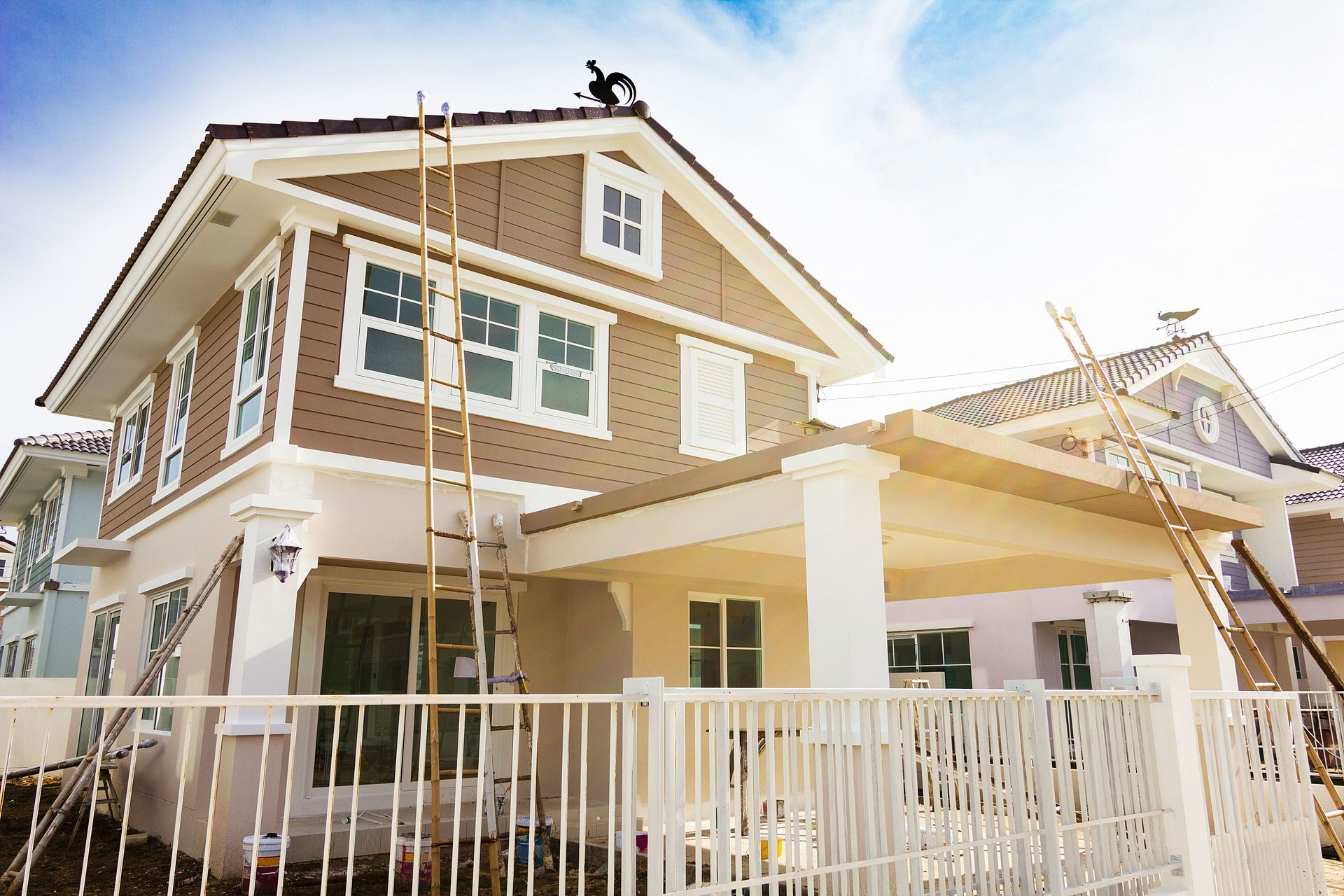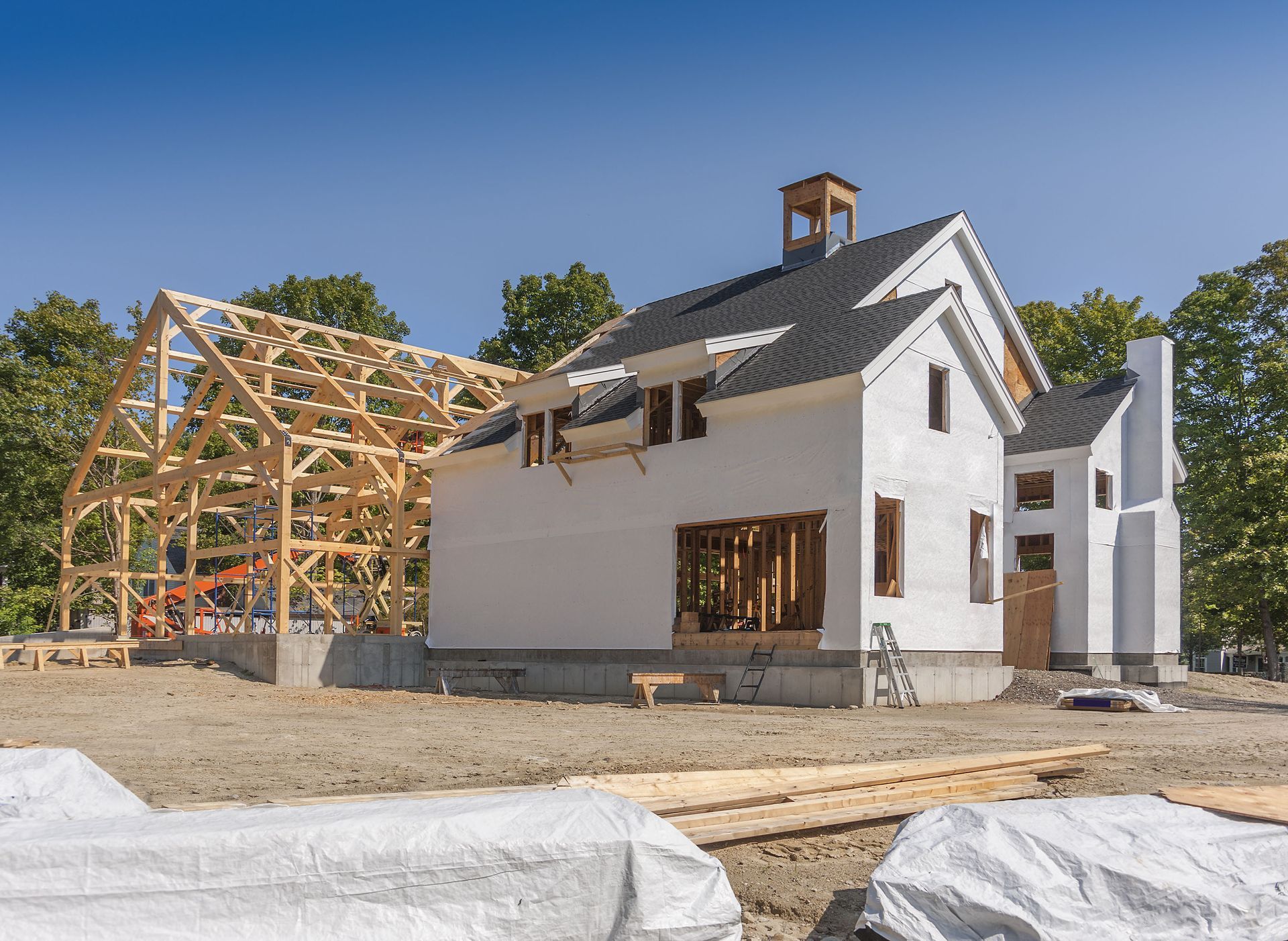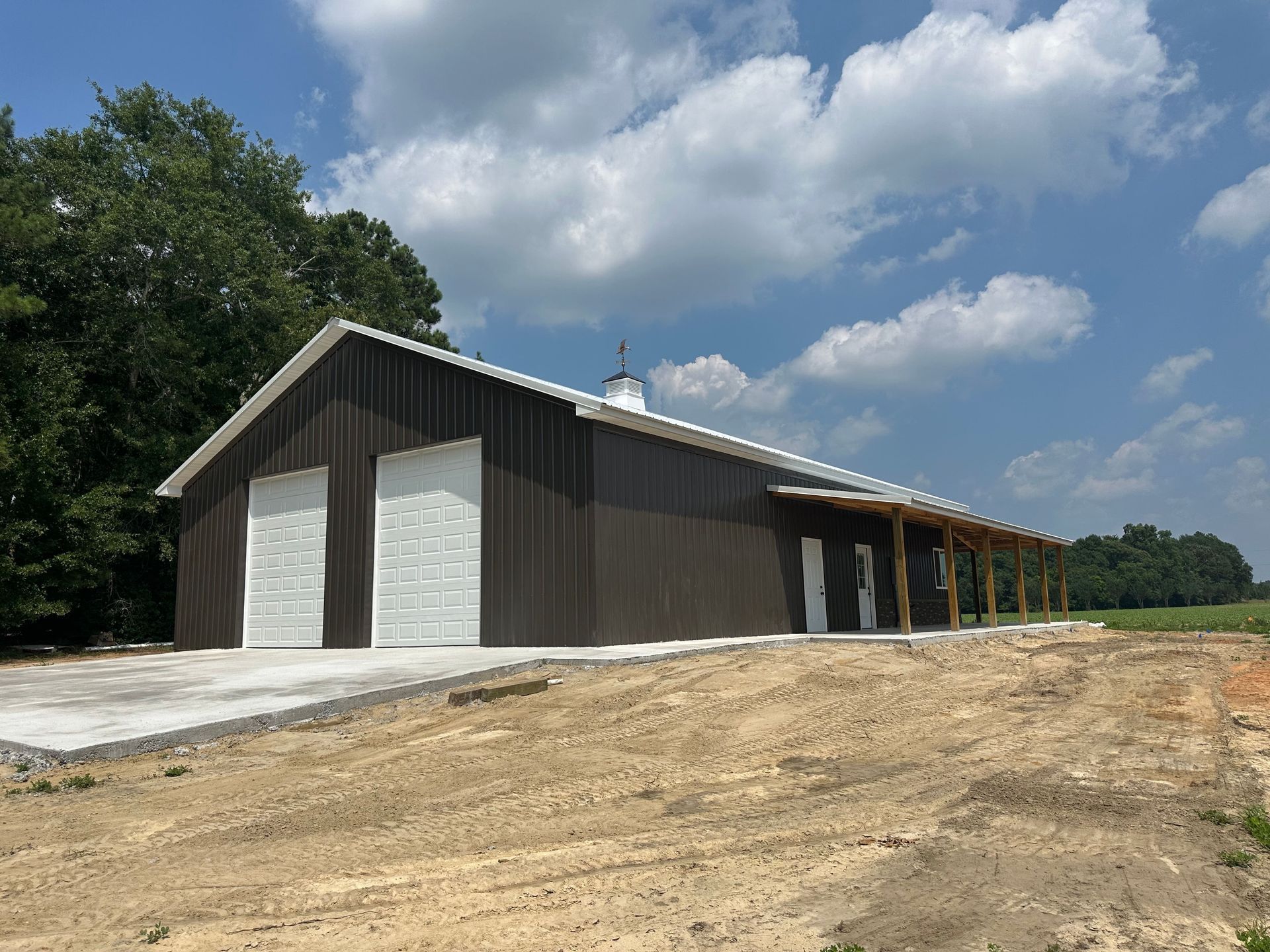November 20, 2025
The resurgence of natural materials in home interiors is reshaping contemporary spaces, highlighting their aesthetic appeal, sustainability, and positive impact on well-being. Homeowners and professionals alike are turning to elements such as wood, stone, and organic textiles to create spaces that feel both warm and connected to nature. By incorporating these materials, interior spaces achieve a balance between traditional craftsmanship and modern innovation. Engaging professional interior design services can help seamlessly integrate natural materials into a cohesive, stylish, and health-conscious environment.
Aesthetic and Functional Benefits of Natural Materials
Natural materials possess an unrivaled aesthetic appeal that exudes warmth, character, and authenticity. Elements like unpainted wood offer a timeless look that remains elegant and sophisticated through changing trends. These materials bring an organic beauty to any space, offering unique patterns and textures that cannot be replicated synthetically. Such aesthetic qualities make natural materials ideal for creating both contemporary minimalist and classic decor styles. Their inherent design versatility is a testament to their enduring popularity across various eras.
One of the most significant advantages of natural materials is their minimal environmental impact, especially when sourced sustainably. Unlike synthetics, they decompose harmlessly and often require less energy-intensive processing methods. Initiatives to use reclaimed wood and recycled metals further emphasize environmental responsibility in interior design. According to Forbes, 80% of interior design experts identify natural, unpainted wood as one of this year's top building materials. This choice underscores the shift toward more eco-friendly materials as an option when consulting interior design services.
Incorporating natural materials into interior design is synonymous with creating durable and long-lasting environments. Many natural materials like stone and hardwoods are inherently resilient and withstand time remarkably well. They age beautifully, acquiring a unique patina that adds character rather than detracts from their appeal. This longevity often translates into cost-effectiveness over time, as these materials do not require frequent replacement. Such enduring qualities highlight why natural materials remain highly coveted in the design industry.
Popular Natural Materials for Modern Interiors
Wood is one of the most beloved materials in modern interior design, prized for its diversity and functionality. Different types of wood like oak, walnut, and cherry each present distinct textures, colors, and strengths, suitable for a range of design needs. Unpainted wood is celebrated for its organic authenticity, noted by Forbes as being among the top building materials in interior design today. The use of wood spans structural elements like beams to decorative accents like furniture, reflecting its versatility. Its natural warmth and aesthetic adaptability make wood an integral part of creating inviting and timeless spaces.
Stone offers a layer of sophistication and durability unmatched by man-made materials. Marble and granite are particularly popular due to their rich textures and timeless quality. These materials add luxury and permanence to various applications, from countertops to flooring. Advances in stone processing now make it possible to extend its use in innovative ways, like creating feature walls or sculptural elements. The enduring appeal and fire-resistant properties of stone continue to make it a sought-after material in interior design.
Organic textiles like wool, cotton, and linen are celebrated in contemporary interiors for their softness and natural beauty. These materials lend a sense of warmth and tactile comfort, enhancing the overall ambiance of a space. They are also breathable and hypoallergenic, supporting healthier indoor environments. Designers often use them for upholstery, curtains, and other decorative applications, capitalizing on their elegance and subtle textures. The growing demand for sustainable materials further propels the use of organic textiles in modern design.
Emerging Trends and Design Innovations
The integration of natural materials with smart home technologies is shaping the homes of tomorrow. From energy-efficient lighting systems to smart climate control, technology complements the natural elements within a living space. This synergy enhances the functionality and sustainability of interior and exterior designs while promoting convenience and energy savings. Smart technologies can be seamlessly combined with the tactile and visual appeal of natural materials, creating harmonious and technologically advanced environments. The intersection of natural aesthetics with digital innovations will continue to evolve, reflecting future living's adaptive and interconnected nature.
The global exchange of ideas continues to shape the evolving interior design landscape, particularly in the use of natural materials. Increased connectivity allows interior design services to incorporate cultural aesthetics from around the world, blending traditional and contemporary practices in innovative ways. Access to diverse materials and techniques enables designers to create unique, globally inspired solutions that resonate with a wide range of tastes and styles. This cross-cultural influence enriches interiors, fostering creativity and culturally infused design approaches that stand out in the modern market. As international collaboration expands, interior design services are likely to continue embracing global trends, further influencing material choices and design methodologies.
Education and increased awareness are essential in promoting sustainable practices within the interior design industry. Training programs and workshops focusing on the use of natural materials can empower professionals with knowledge of sustainable choices. Public awareness initiatives play a critical role in shifting consumer preferences toward environmentally responsible design elements. As industry leaders advocate for continuous learning and innovation, these practices encourage a more mindful approach to material selection and space creation. Such dedication to education and awareness fosters a culture of sustainability throughout the design community.
Expert Guidance Through Interior Design Services
Professional interior designers play a pivotal role in helping homeowners successfully integrate natural materials into their spaces. Designers possess the expertise to balance aesthetics, functionality, and sustainability, ensuring that materials like wood, stone, and organic textiles are used effectively. By leveraging their knowledge, they can create cohesive design schemes that highlight the textures, patterns, and colors of natural elements without overwhelming a space. Interior design services also help homeowners navigate sourcing sustainably, selecting high-quality materials that align with both style and environmental responsibility. This guidance ensures that the end result is visually striking, durable, and eco-conscious.
Interior design services provide tailored solutions that account for each home's unique characteristics and the occupants’ lifestyle needs. Designers evaluate lighting, space usage, and color palettes to optimize how natural materials perform and appear in a space. For example, the placement of stone surfaces or the selection of wood grains can dramatically influence warmth, flow, and ambiance. By considering these details, interior design services transform raw materials into functional, livable art that enhances comfort and visual appeal. This level of customization elevates a home from simply decorated to thoughtfully curated.
Working with interior designers also ensures long-term satisfaction and adaptability in evolving home environments. Designers can anticipate changes in lifestyle, family dynamics, or design trends, recommending materials and arrangements that remain versatile over time. They may incorporate modular elements or multifunctional features to allow spaces to adapt without extensive remodeling. Additionally, professional services often provide maintenance guidance to preserve the integrity and beauty of natural materials for years to come. By combining aesthetic expertise, functional planning, and sustainable practices, interior design professionals enable homeowners to create spaces that are both inspiring and enduring.
Natural materials remain an enduring aspect of interior design, offering unmatched beauty, sustainability, and well-being. Their timeless appeal continues to draw people back to foundational elements, emphasizing the value of environment-conscious design. As innovations unfold, the integration of technology with natural aesthetics promises a transformative future, aligning past traditions with modern sensibilities. If you need an interior design update, and want expert help with incorporating natural materials, contact Arrow Construction & Design, LLC.










